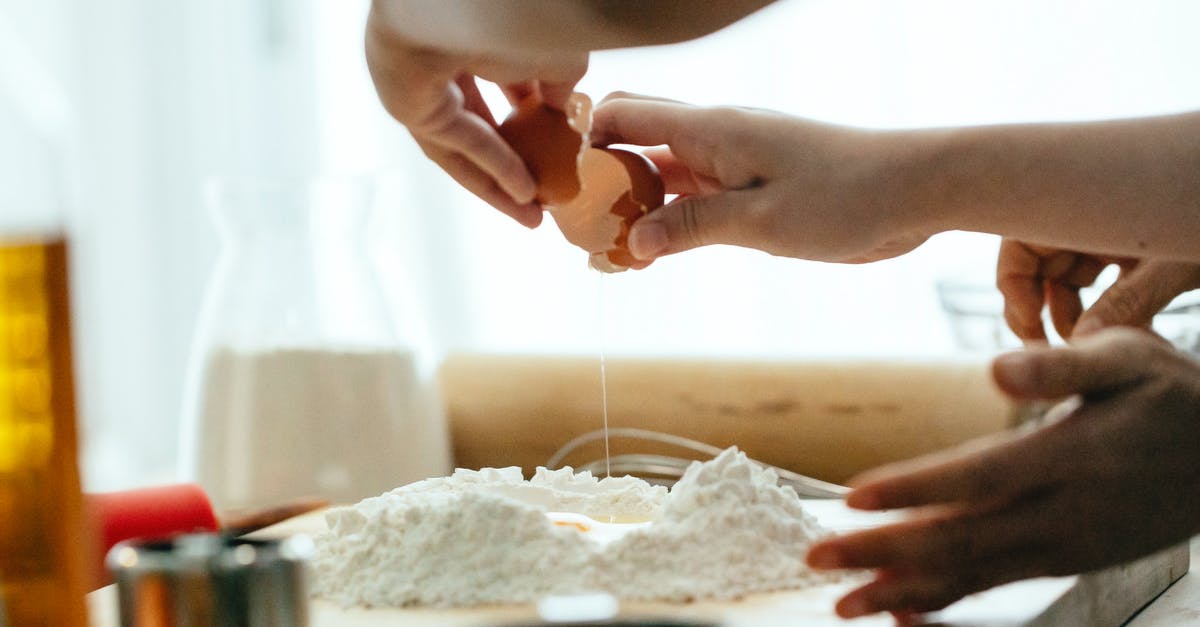Help translating an older Recipe

I have an old recipe handed down from my great great grandmother in law, for what she called brown bread. Unfortunately it has a few ingredients that I don't recognise. I did some searching on google and I thing I have figured out what different things are but I want to make sure.
The Recipe calls for:
- Sour Milk : Is this butter milk?
- Sweet Milk : Is this whole milk?
- Graham Flour : This seems to be hard to find, but is still Graham flour.
Then baking is to be done in 4 metal vegetable cans. Can this be done in a loaf pan?
As Requested
1 Cup Sour Milk
1 Cup Sweet Milk
3 Cups Graham Flour
1/4 Cup sugar
1/4 Cup Molasses
1/2 Cup butter
1 tsp Salt
1 tsp soda (I am assuming Baking soda)
1 tsp BP (I am assuming baking powder)
Bake at 325 in 4 metal vegetable cans for one hour
I would assume it mixes like a cake, and to add the wet and dry ingredients seperatly, finally combining them. But this is all the recipe I have to go on. So I expect to have to experiment a bit.
Best Answer
"Sweet milk" is indeed standard fresh milk. It is just how people used to talk about it, to distinguish it from "sour milk".
"Sour milk" is also "buttermilk". It seems that over the years, people stopped selling actual buttermilk (which is the whey left after removing the fat from the sour milk) and started using the name "buttermilk" for what used to be known as "sour milk".
If you can't find graham flour, whole flour of mid-coarse grind will be a good approximation.
Baking soda and baking powder are good guesses. You could go with the original amounts, but if the first batch comes out overleavened, try reducing it. In the decades since the recipe, producers have found out how to make baking powder which does not go stale too quickly, does not lose much of its action on touching the liquid, and so on. So maybe the amounts are better suited to weaker leavening. No way to know without trying.
The cans are not a good idea. I don't know about cans then, but the new ones could be lined with plastic (which will melt), or be rusty. The recipe is very obviously a cheap recipe from times of limitations, maybe Depression or WWII. Just use a baking pan. If you are afraid of bad leavening, using a wide one or two small ones is better than a single deep one.
Also, don't trust the "one hour" suggestion, not only because you're changing pans and because the ingredients might have changed in subtle ways over the years, but also because baking by time is always unreliable. Test them for doneness with a thermometer, or in the worst case with a toothpick.
Pictures about "Help translating an older Recipe"



Can you republish a recipe?
You can adapt a previously published recipe and republish it, as long as you give attribution. But it should not be a word-for-word republication without permission. When it doubt, ask, then get it in writing.How much do you have to change a recipe to call it your own?
Here in the food writing world, many of us follow an informal standard that you need to make at least three changes before you can claim credit for a recipe. Those changes need to be more substantial than changing 1/2 teaspoon salt to 1/4 teaspoon, although the changes don't have to just be in the ingredients.How do I create a recipe using Google Translate?
When modifying a recipe, it is best to make one modification at a time. Reduce or increase the amount of an ingredient to be modified by a small amount at first. You can make an additional adjustment the next time you use the recipe. Most foods, especially baked goods, require careful adjustments.Can I Make A Cake Recipe That’s Been Translated 50 Times?
Sources: Stack Exchange - This article follows the attribution requirements of Stack Exchange and is licensed under CC BY-SA 3.0.
Images: Angela Roma, Katerina Holmes, Katerina Holmes, Katerina Holmes
